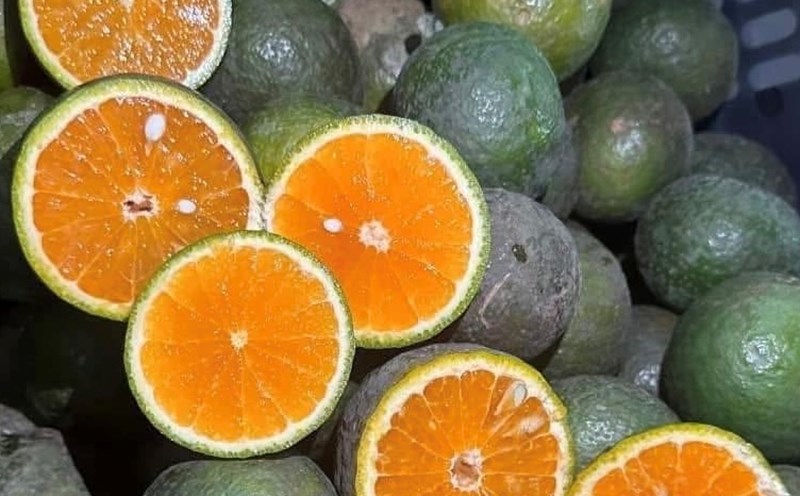Guava is rich in vitamin C, fiber and antioxidants, bringing many health benefits. According to the World Health Organization, the digestive system of young children, especially under 3 years old, is not yet complete and is easily affected by hard foods with a lot of insoluble fiber.
Guava, especially green guava, contains a lot of tannins and hard seeds that can cause indigestion or constipation if children eat too much.
A study published in the Journal of Pediatric Gastroenterology and Nutrition shows that the high amount of insoluble fiber in guava can lead to bloating and reduced nutrient absorption in young children if not processed properly.
Nutritionists recommend that children aged 6 months and over can get used to fruits, including guava, but need to be processed soft. Parents need to filter out the seeds, cook them or puree them to make them easier to digest. Ripe guava should be chosen instead of green guava because it is less mushy, reducing the risk of digestive disorders.
It should also be noted that the risk of foreign body snoring in children under 4 years old is very high, especially when eating hard or nutritious foods. Therefore, when feeding children guava, it is necessary to completely remove the seeds and cut them into small pieces to suit their age.
Guava is a nutritious fruit, but when feeding young children, parents need to choose ripe guava, remove the seeds, cut into small pieces or puree and only feed it in moderation to avoid digestive problems and respiratory safety.
Monitoring children's reactions after eating for the first time is also important for early detection of allergies or intolerance.











